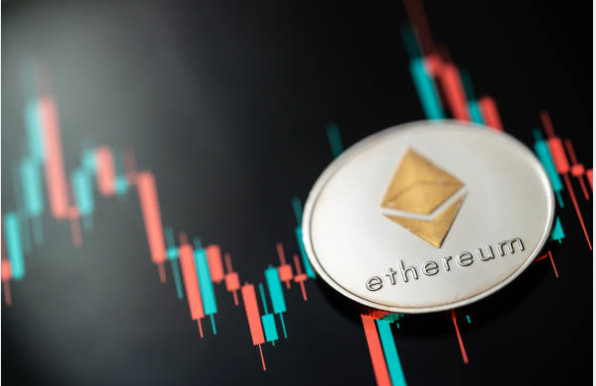Sentiment surrounding Ethereum has taken a hit, with critics often pointing to its underperformance against Solana. A common narrative is that Ethereum is losing mindshare and users to Layer-2 solutions. This has ignited a heated debate: Are L2s truly a part of Ethereum’s ecosystem, or are they separate entities? As with many crypto-related questions, the answer is a complex blend of simplicity and nuance. Let’s delve deeper into both sides of this argument and examine the intricate relationship between Ethereum and Layer-2s.

Symbiotic or Separatist?
Layer-2 solutions have been an integral part of Ethereum’s roadmap from its inception. They were conceived as extensions, both technically and culturally, designed to expand Ethereum’s capabilities and attract a wider user base.
At their core, L2s are deeply intertwined with Ethereum. They share its DNA, relying on ETH as the currency, benefiting from Ethereum’s robust security, and utilizing it for data storage and settlement. It’s akin to a startup leveraging its parent company’s infrastructure and brand recognition, a mutually beneficial arrangement.
The symbiotic relationship between L2s and Ethereum is undeniable. L2s thrive on Ethereum’s infrastructure and security, while Ethereum benefits from the increased activity and demand for ETH, solidifying its position as a valuable store of value.
By offering lower fees and faster transaction times, L2s have made it easier for developers to build diverse applications. Witness the surge in memecoins on Base or the emergence of SocialFi platforms like Farcaster, creating new markets for users.
Moreover, L2s are becoming major hubs for decentralized finance (DeFi) activity, with ETH as the central asset. Consider the statistics: Arbitrum, Optimism, Base — these chains are dominated by ETH-related assets.

Source: create.vista.com
The Rogue L2 Fear
However, one of the primary concerns about the rollup-centric approach to scaling Ethereum is the possibility of L2s becoming less reliant on the main chain. While L2s and Ethereum appear to be a harmonious partnership now, there’s a fear that L2s might eventually build their own empires and break away from Ethereum entirely.
The “L2s go rogue” scenario is a legitimate concern. Technically, L2s could create independent ecosystems with their own validators, gaining complete control over their modular blockchain stack. This would mean no longer relying on Ethereum for security, using ETH as gas, or even needing Ethereum’s block space.
While this future seems possible, it’s not necessarily inevitable. Creating a new ecosystem or launching another L1 blockchain is a complex and resource-intensive undertaking. Bootstrapping a validator set is a significant challenge, and building a new L1 would likely result in encountering the same scalability issues that Ethereum currently faces. If L2s had intended to pursue these paths, they would have likely done so from the beginning.
A Recipe for Fragmentation?
L2 builders are primarily focused on scaling transactions, attracting developers, incentivizing app development for various use cases, and onboarding new users to crypto. Ethereum, meanwhile, handles the security and decentralization aspects.
While the proliferation of L2s is a testament to the success of the rollup-centric roadmap, it also raises concerns about fragmentation. There are too many L2s, many of which are mere copycats with little differentiation. This lack of innovation is unhealthy for the ecosystem.
What we need are L2s that offer something unique. Security, app diversity, and effective go-to-market strategies are areas where we need to see real innovation. As Ethereum scales with these L2s, it’s crucial to maintain its identity and avoid fragmentation.
To prevent fragmentation, we need seamless connectivity between L2s. Initiatives like Superchain, AggLayer, Elastic Chain, and Orbit Chains are promising steps in this direction, aiming to create a unified network of chains that share resources and offer a more seamless user experience.
However, we must be cautious of “echo chambers.” L2s should not become isolated universes. A healthy ecosystem requires collaboration, communication, education, and incentives to build shared infrastructure and standards that foster seamless connectivity. Only then can we truly succeed together.
Conclusion
While L2s may not be Ethereum extensions, they undoubtedly enhance Ethereum’s utility. The “L2s vs. Ethereum” debate is a false dichotomy. Ethereum and L2s are interdependent. By working together, we can build a future where both thrive, propelling the crypto ecosystem forward.
Learn from market wizards: Books to take your trading to the next level

 Hot Features
Hot Features












